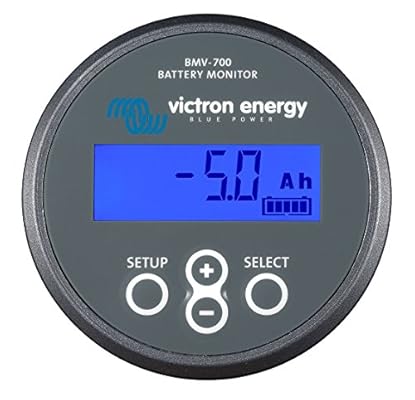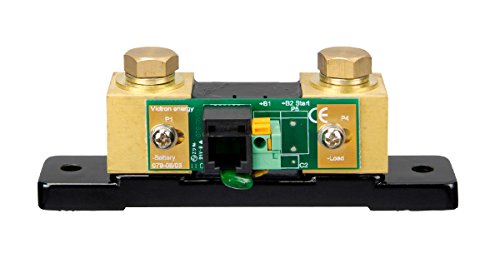We have a German-made LEAB LPC-2425 25a 850w battery charger (connects to generator or shore power) next to the battery bank in the 'garage' of the cabin. The 'current' model of this is the ABC-2425. Two leads connect to the battery, and one somewhere upstream. Other side of wall, is the Phoenix inverter, and in front, is the Steca controller. The controller does indicate the battery charge voltage (usually in the 27-28 volt range) when the charger is on. My concern, is that this charger is 20+ years old, looks new of course, and the two little 'light' indicators, one shines green and the other, a half red light, indicating a problem with the battery. However, the batteries are taking a charge, the SoC is up to 65 from 64 yesterday.


